Breath of the Wild vs Tears of Kingdom: Which Zelda Game Should You Play First?
When comparing Breath of the Wild vs Tears of the Kingdom, gamers face a delightful dilemma in the Legend of Zelda universe. Breath of the Wild completely transformed open-world game design, earning the Game of the Year Award in 2017 as the first truly open-world Zelda title. Despite Tears of the Kingdom being on shelves for months now, many players find themselves surprisingly returning to Breath of the Wild.
While Tears of the Kingdom builds excellently on its predecessor's foundation, both games offer distinct experiences. Breath of the Wild presents a simpler, more stripped-down approach with more forgiving gameplay, whereas Tears of the Kingdom expands the open world to triple its original size and introduces mind-blowing new mechanics. The difference is fundamental: Breath of the Wild centers on discovery, but Tears of the Kingdom's key pillar is creativity.
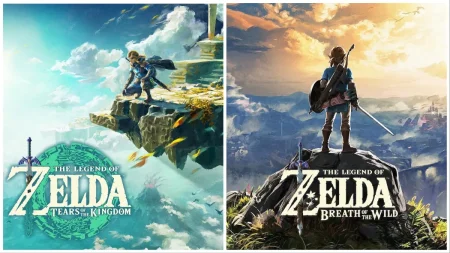 image Source: pcinvasion.com
image Source: pcinvasion.com
For newcomers deciding between these two masterpieces, the choice isn't straightforward. In this guide, we'll break down the essential differences between these games across story, gameplay mechanics, exploration, and technical performance to help you decide which Zelda adventure deserves your attention first.
Story and Worldbuilding: BOTW’s Simplicity vs TOTK’s Depth
The storylines in both Zelda titles offer significantly different narrative experiences, though they share the same timeline.
Narrative Structure: Calamity Ganon vs Ganondorf
Breath of the Wild presents a straightforward tale of awakening and redemption. Link emerges from a 100-year slumber to find Hyrule devastated by Calamity Ganon, an amorphous evil force without much personality or dialog. The story remains minimalist, allowing players to focus on exploration rather than plot development. Conversely, Tears of the Kingdom introduces Ganondorf as a fully realized villain with motivations, dialog, and a tragic backstory. This creates a more traditional narrative arc with clearer stakes and emotional investment.
Memory Quests: Personal vs Historical Flashbacks
In BOTW, memory fragments scattered across Hyrule reveal Link's personal connection to Princess Zelda and the Champions. These intimate flashbacks provide glimpses of pre-calamity relationships but remain optional side content. TOTK, however, expands this concept through Zelda's historical memories that delve into Hyrule's ancient past. These flashbacks become fundamental to understanding the world's lore and current conflict, making the narrative feel more integral to gameplay.
World Evolution: Static vs Dynamic Hyrule
BOTW presents a static world frozen in post-apocalyptic stasis. Regardless of your actions, Hyrule remains largely unchanged throughout your journey. Additionally, NPCs follow predictable patterns with minimal story development. In contrast, TOTK features a dynamic Hyrule that visibly changes as you progress. Consequently, areas affected by gloom can be cleansed, settlements can grow, and NPCs develop more complex storylines that evolve over time.
Emotional Tone: Solitude vs Reunion
The emotional core of BOTW centers on solitude and melancholy. Link traverses a beautiful yet broken world filled with ruins and echoes of the past. Furthermore, the game emphasizes the loneliness of being the sole hero against overwhelming odds. TOTK shifts toward themes of reunion and rebuilding. Throughout the journey, Link reconnects with familiar faces, forges new alliances, and actively participates in Hyrule's restoration, creating a more hopeful atmosphere despite darker story elements.
Gameplay Mechanics and Abilities: Sheikah Slate vs Zonai Arm
Link's arsenal of abilities undergoes a complete transformation between the two games, fundamentally changing how players interact with Hyrule.
Core Abilities: Bombs and Stasis vs Ultrahand and Recall
The Sheikah Slate in BOTW provided Magnesis, Bombs, Stasis, and Cryonis—tools that enabled modest environmental manipulation. In contrast, TOTK's Zonai arm introduces more versatile abilities. Ultrahand functions like an upgraded Magnesis, allowing Link to move and combine almost any object, not just metal. Meanwhile, Recall reimagines Stasis by rewinding an object's movement through time instead of merely freezing it.
Traversal Tools: Revali's Gale vs Ascend
BOTW's Revali's Gale offered three updrafts before needing to recharge, making mountain climbing significantly easier. TOTK replaces this with Ascend, which allows Link to pass through ceilings and emerge above—essentially eliminating the need for extensive climbing. Unlike Revali's Gale, Ascend requires no stamina, making vertical navigation more accessible.
Combat Enhancements: Champion Powers vs Sage Vows
Champion abilities in BOTW activated with simple button combinations and had lengthy cooldowns (Mipha's Prayer required 24 minutes). Conversely, Sage abilities in TOTK must be activated by physically approaching the Sage avatars. Although this makes activation less convenient, their cooldowns are significantly shorter—approximately 10 seconds.
Creativity vs Simplicity: Building vs Exploration
BOTW emphasized exploration with simpler tools, while TOTK prioritizes creativity through building mechanics. Fuse allows players to combine weapons with materials, extending durability and creating unique effects—addressing one of BOTW's most criticized features.
Exploration and Environment: Overworld, Sky, and Depths
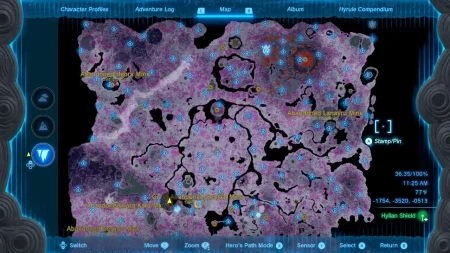 image Source: Reddit
image Source: Reddit
Exploration defines both games but with drastically different approaches to world design and content density.
Map Size and Layers: Surface vs Sky and Depths
Both games share identical physical boundaries on the surface, yet TOTK expands Hyrule vertically to create a world more than twice as large. Beyond the familiar overworld, TOTK introduces sprawling Sky Islands above and the vast underground Depths below—nearly matching the surface map's size. This triple-layered design encourages vertical exploration through seamless transitions between layers without loading screens. Moreover, TOTK adds over 400 caves and 58 wells to the surface map, creating additional exploration opportunities absent from BOTW.
Shrines: Sheikah Shrines vs Shrines of Light
BOTW featured 120 Sheikah Shrines compared to TOTK's 152 Shrines of Light. Notably, TOTK distributes 120 shrines on Hyrule's surface and 32 in the sky. Unlike BOTW, TOTK's underground Depths contain no shrines but instead feature Lightroots that correspond to surface shrine locations. Both games use shrines as puzzle chambers that reward Spirit Orbs for heart containers and stamina upgrades.
Dungeons: Divine Beasts vs Elemental Temples
TOTK's Elemental Temples represent a significant improvement over BOTW's Divine Beasts, with 81.5% of players preferring the temples in a player poll. While Divine Beasts functioned as giant puzzle rooms with minimal theming, the Elemental Temples feature unique themes, distinctive music, and memorable boss fights. Indeed, TOTK's temples offer a more traditional dungeon experience with greater sense of progression and atmospheric variety.
Side Quests: Quantity vs Quality
TOTK substantially expands side content with 139 side quests compared to BOTW's 76. Additionally, TOTK introduces "Side Adventures"—more complex than standard quests but less involved than main objectives. Despite the increased quantity, many players prefer TOTK's more involved quests that meaningfully change how players interact with the world.
Enemy Variety: Guardians vs Gloom Hands
The iconic Guardians of BOTW have been replaced by Gloom Hands in TOTK, creating different combat dynamics. Guardians delivered one-hit kills with their lasers, making early-game encounters terrifying. In contrast, Gloom Hands create a more persistent threat—they can appear anywhere unexpectedly and pursue players relentlessly. TOTK generally offers improved enemy variety with new enemy types and more synergistic interactions between foes.
Technical Performance and Accessibility
Technical performance presents another dimension in the breath of the wild vs tears of the kingdom comparison, with both games pushing the Switch hardware to its limits.
Graphics and Resolution: 900p Dynamic in Both
On a technical level, both games target identical resolution specifications. In docked mode, BOTW and TOTK run at 900p dynamic resolution, occasionally dipping to lower resolutions during intensive scenes. Similarly, both maintain 720p resolution in handheld mode. Given that they run on the same Switch hardware, visual differences stem primarily from optimization rather than raw power. Nevertheless, TOTK offers subtle visual enhancements, particularly in water reflection, texture detail, and draw distance.
Framerate Stability: BOTW's Stutters vs TOTK's Drops
Regarding performance stability, each title struggles in different scenarios. BOTW became infamous for stuttering in specific locations, such as Korok Forest. In contrast, TOTK generally maintains its 30fps target but suffers notable drops—sometimes reaching 20fps—when using physics-heavy abilities like Ultrahand with numerous objects. As a result, TOTK's performance issues feel more situation-dependent rather than location-specific.
Beginner Friendliness: Great Plateau vs Great Sky Island
First-time experiences differ significantly between these games. The Great Plateau in BOTW offers an open, exploration-focused introduction where players can tackle objectives in any order. On the other hand, Great Sky Island in TOTK presents a more structured, linear tutorial that carefully introduces each ability. Due to TOTK's more complex mechanics, especially Ultrahand, this guided approach helps newcomers grasp fundamentals before facing the open world.
Economy and Resource Management: Ore Prices and Rupee Farming
Each game's economy functions differently, with TOTK generally featuring higher prices for goods. For rupee farming, BOTW players often relied on mining, bowling minigames, or gambling. TOTK introduces new efficient methods, such as hunting animals in Tabantha Tundra and cooking meat skewers that sell for up to 315 rupees each. Furthermore, TOTK allows players to sell ore to Ramella in Goron City for higher prices, albeit only in sets of 10.
Comparison Table
|
Feature |
Breath of the Wild (BOTW) |
Tears of the Kingdom (TOTK) |
|
Story Elements |
|
|
|
Main Antagonist |
Calamity Ganon (amorphous evil force) |
Ganondorf (fully realized villain with backstory) |
|
World State |
Static, unchanging world |
Dynamic world that changes with progress |
|
Emotional Theme |
Solitude and melancholy |
Reunion and rebuilding |
|
Memory System |
Personal flashbacks of Champions |
Historical memories of ancient Hyrule |
|
Gameplay Mechanics |
|
|
|
Core Tool |
Sheikah Slate |
Zonai Arm |
|
Main Abilities |
Magnesis, Bombs, Stasis, Cryonis |
Ultrahand, Recall, Ascend, Fuse |
|
Vertical Movement |
Revali's Gale (3 uses with recharge) |
Ascend (no stamina cost) |
|
Special Powers |
Champion abilities (24-min cooldown) |
Sage abilities (10-sec cooldown) |
|
Exploration |
|
|
|
World Layout |
Surface only |
Triple-layered (Surface, Sky Islands, Depths) |
|
Number of Shrines |
120 Sheikah Shrines |
152 Shrines of Light (120 surface, 32 sky) |
|
Side Quests |
76 side quests |
139 side quests |
|
Main Dungeons |
Divine Beasts |
Elemental Temples |
|
Technical Aspects |
|
|
|
Resolution (Docked) |
900p dynamic |
900p dynamic |
|
Resolution (Handheld) |
720p |
720p |
|
Performance Issues |
Location-specific stutters |
Physics-based frame drops |
|
Tutorial Area |
Great Plateau (open-ended) |
Great Sky Island (structured, linear) |
Conclusion
Both Breath of the Wild and Tears of the Kingdom stand as masterpieces in the Zelda franchise, each offering unique experiences that appeal to different player preferences. After examining their stories, gameplay mechanics, worlds, and technical aspects, the answer to which you should play first becomes clearer.
Players seeking a pure, exploration-focused adventure will likely feel more at home with Breath of the Wild. This game strips back complexity to focus on discovery, presenting a melancholic yet beautiful post-apocalyptic Hyrule with straightforward tools that never overwhelm. Additionally, BOTW serves as the narrative foundation, making it the logical starting point for those who care about experiencing the story chronologically.
Conversely, gamers who enjoy creative problem-solving and deeper narrative will find Tears of the Kingdom exceptionally rewarding. The addition of Ultrahand, Recall, Fuse, and Ascend abilities transforms gameplay, while the triple-layered world triples exploration possibilities. Though these advanced mechanics might prove challenging for Zelda newcomers, they offer unprecedented freedom for those willing to master them.
From a technical standpoint, both games push the Switch to its limits, albeit with different performance challenges. BOTW stutters in specific locations, while TOTK struggles during physics-heavy building sequences. Neither issue significantly detracts from the overall experience, however.
The decision ultimately depends on your personal gaming preferences. If you value simpler systems and pure exploration, start with Breath of the Wild. Alternatively, if creative building and a more involved narrative appeal to you, Tears of the Kingdom might be your ideal entry point, despite its steeper learning curve.
Regardless of which title you choose first, you'll find yourself immersed in one of gaming's most beloved franchises. The journey through Hyrule awaits – whether you prefer discovering its ruins or rebuilding its future, an unforgettable adventure surely lies ahead.
FAQs
Q1. Do I need to play Breath of the Wild before Tears of the Kingdom? While it's not strictly necessary, playing Breath of the Wild first can enhance your understanding of the world and story. However, Tears of the Kingdom is designed to be enjoyable for newcomers as well.
Q2. Which game offers a better introduction for new Zelda players? Breath of the Wild provides a simpler, more exploration-focused experience that may be easier for newcomers to grasp. Its Great Plateau area offers a more open-ended tutorial compared to Tears of the Kingdom's more structured introduction.
Q3. How do the gameplay mechanics differ between the two games? Breath of the Wild focuses on simpler tools like the Sheikah Slate, while Tears of the Kingdom introduces more complex abilities such as Ultrahand and Recall. TOTK emphasizes creativity and building, while BOTW centers on exploration.
Q4. Are there significant differences in the game worlds? Yes, while both share the same surface map of Hyrule, Tears of the Kingdom expands vertically with Sky Islands and underground Depths, effectively tripling the explorable area compared to Breath of the Wild.
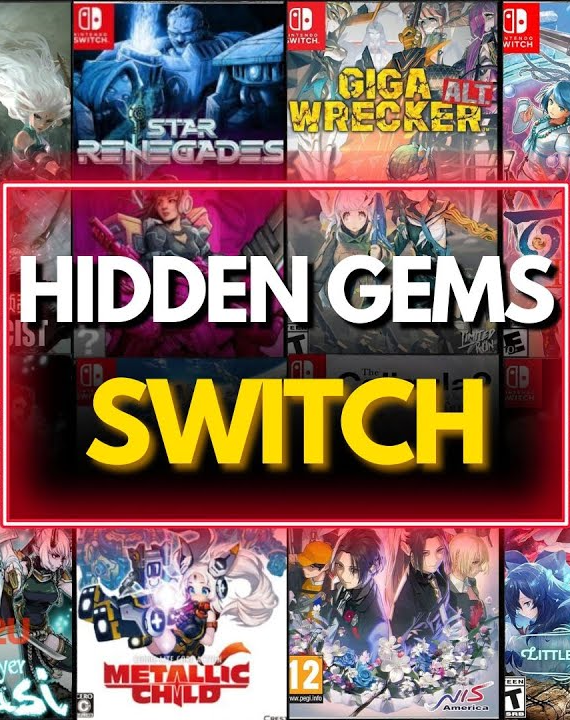
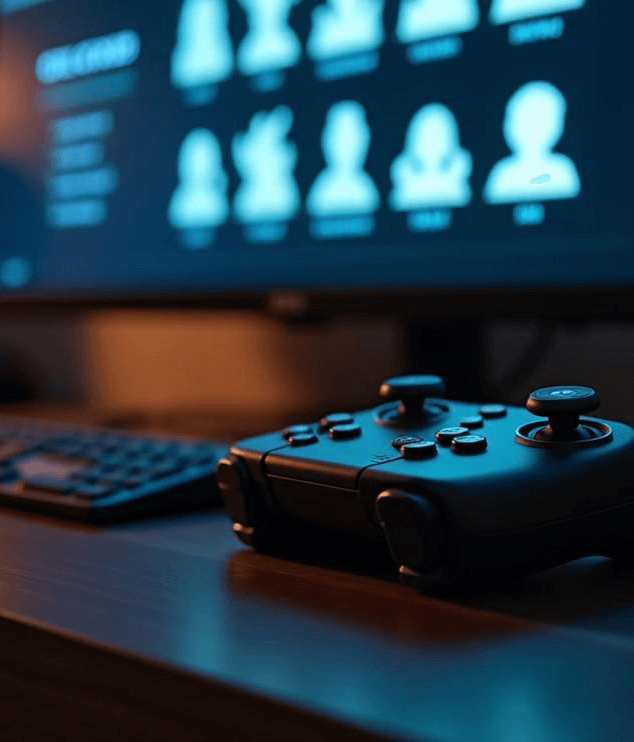
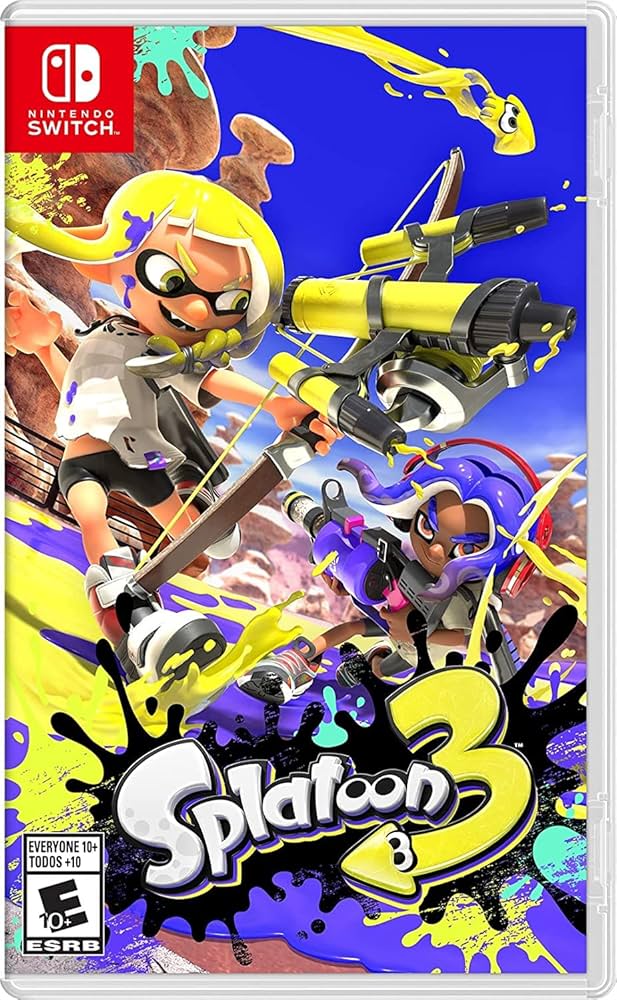
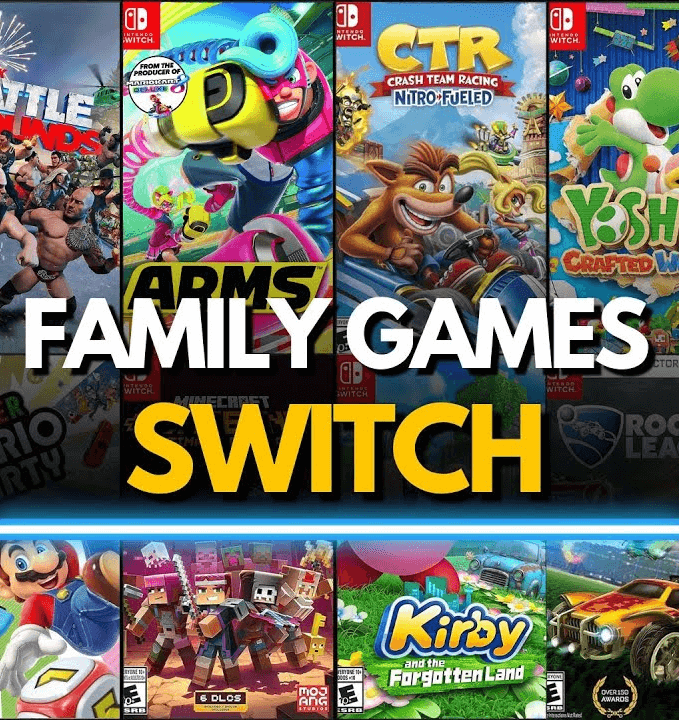
Comments